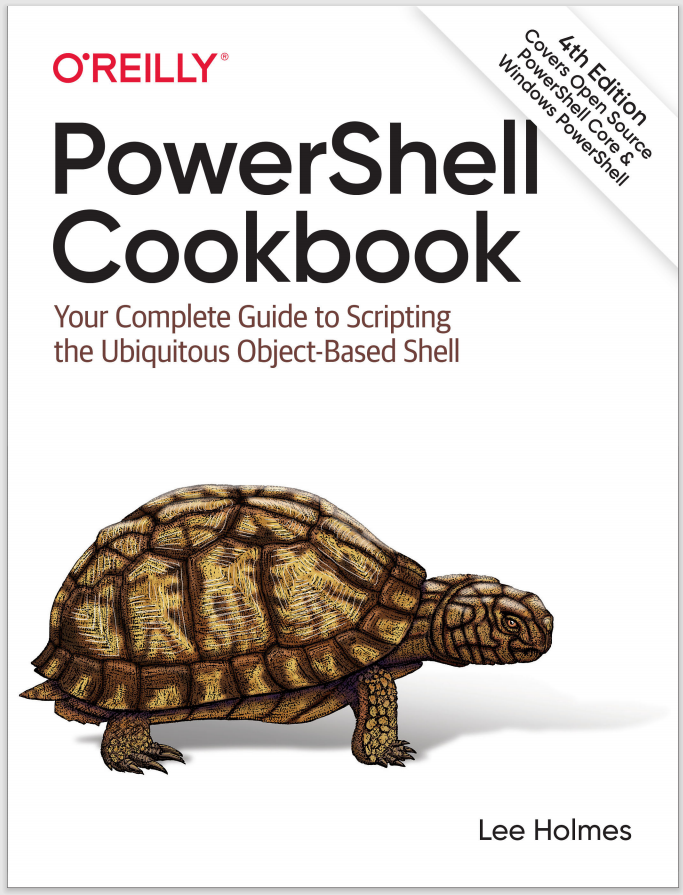Discussion
In PowerShell, combining commands in a pipeline is a fundamental concept. As scripts and cmdlets generate output, PowerShell passes that output to the next command in the pipeline as soon as it can. In the Solution, the Get-ChildItem commands that retrieve all text files on the C: drive take a very long time to complete. However, since they begin to generate data almost immediately, PowerShell can pass that data on to the next command as soon as the Get-ChildItem cmdlet produces it. This is true of any commands that generate or consume data and is called streaming. The pipeline completes almost as soon as the Get-ChildItem cmdlet finishes producing its data and uses memory very efficiently as it does so.
The second Get-ChildItem example (which collects its data) prevents PowerShell from taking advantage of this streaming opportunity. It first stores all the files in an array, which, because of the amount of data, takes a long time and an enormous amount of memory. Then, it sends all those objects into the output file, which takes a long time as well.
However, most commands can consume data produced by the pipeline directly, as illustrated by the Out-File cmdlet. For those commands, PowerShell provides streaming behavior as long as you combine the commands into a pipeline. For commands that do not support data coming from the pipeline directly, the ForEach-Object cmdlet (with the aliases of foreach and %) lets you work with each piece of data as the previous command produces it, as shown in the StringBuilder example.
Creating large text reports
When you generate large reports, it’s common to store the entire report into a string, and then write that string out to a file once the script completes. You can usually accomplish this most effectively by streaming the text directly to its destination (a file or the screen), but sometimes this isn’t possible.
Since PowerShell makes it so easy to add more text to the end of a string (as in
$output += $_.FullName), many initially opt for that approach. This works great for small-to-medium strings, but it causes significant performance problems for large strings.
Note
As an example of this performance difference, compare the
following:
PS > Measure-Command {
$output = New-Object Text.StringBuilder
1..10000 |
ForEach-Object { $output.Append("Hello World") }
}
(...)
TotalSeconds : 2.3471592
PS > Measure-Command {
$output = ""
1..10000 | ForEach-Object { $output += "Hello World" }
}
(...)
TotalSeconds : 4.9884882
In the .NET Framework (and therefore PowerShell), strings never change after you create them. When you add more text to the end of a string, PowerShell has to build a new string by combining the two smaller strings. This operation takes a long time for large strings, which is why the .NET Framework includes the System.Text.StringBuilder class. Unlike normal strings, the StringBuilder class assumes that you will modify its data—an assumption that allows it to adapt to change much more
efficiently.
